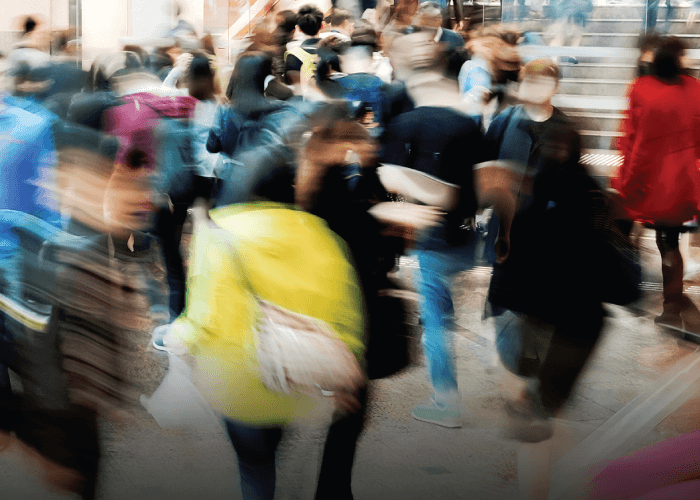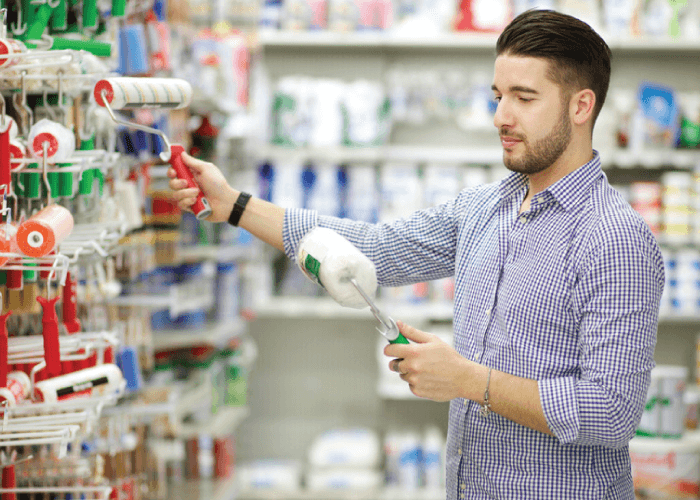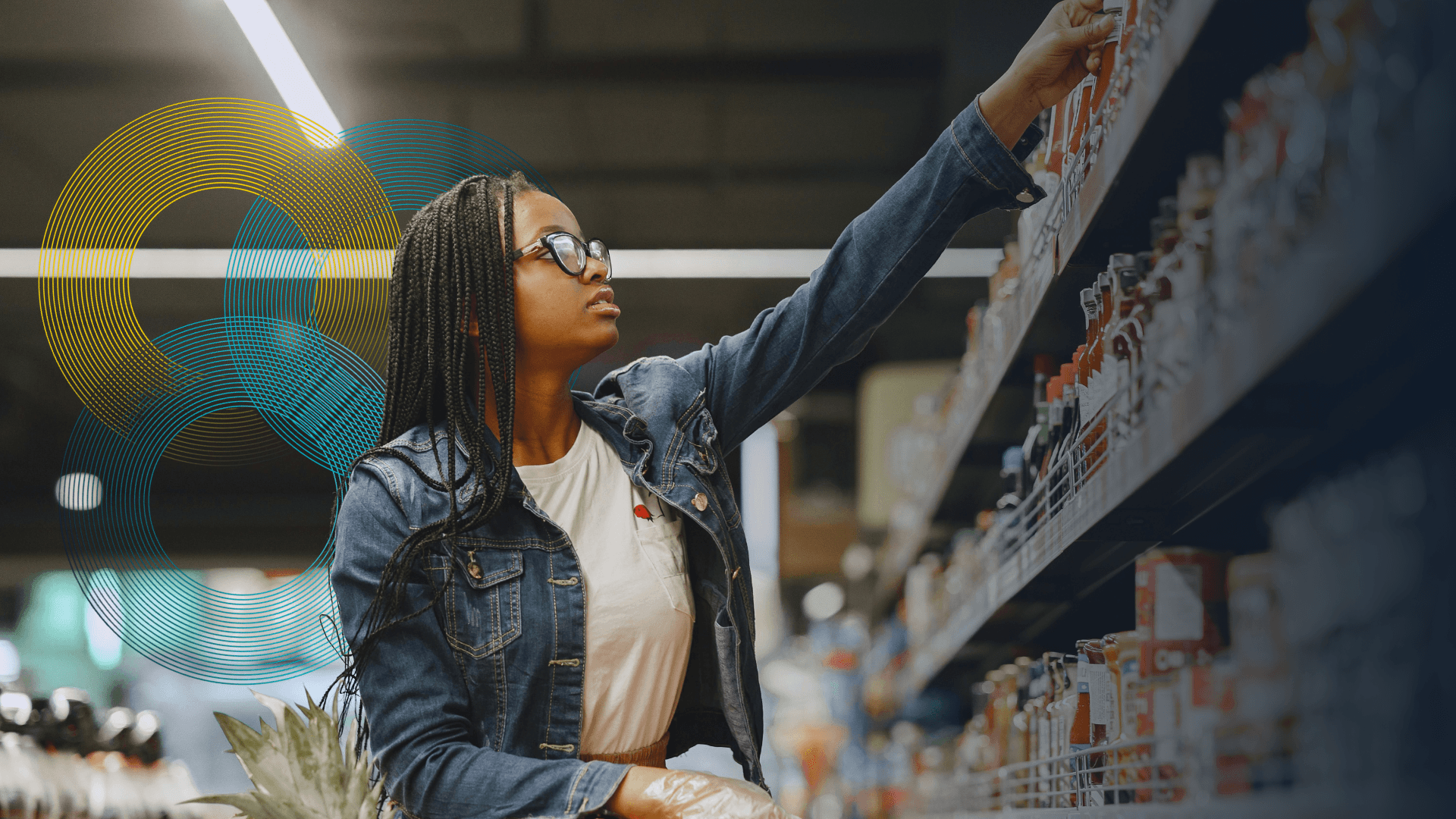5 Retail Loyalty Program Best Practice Examples
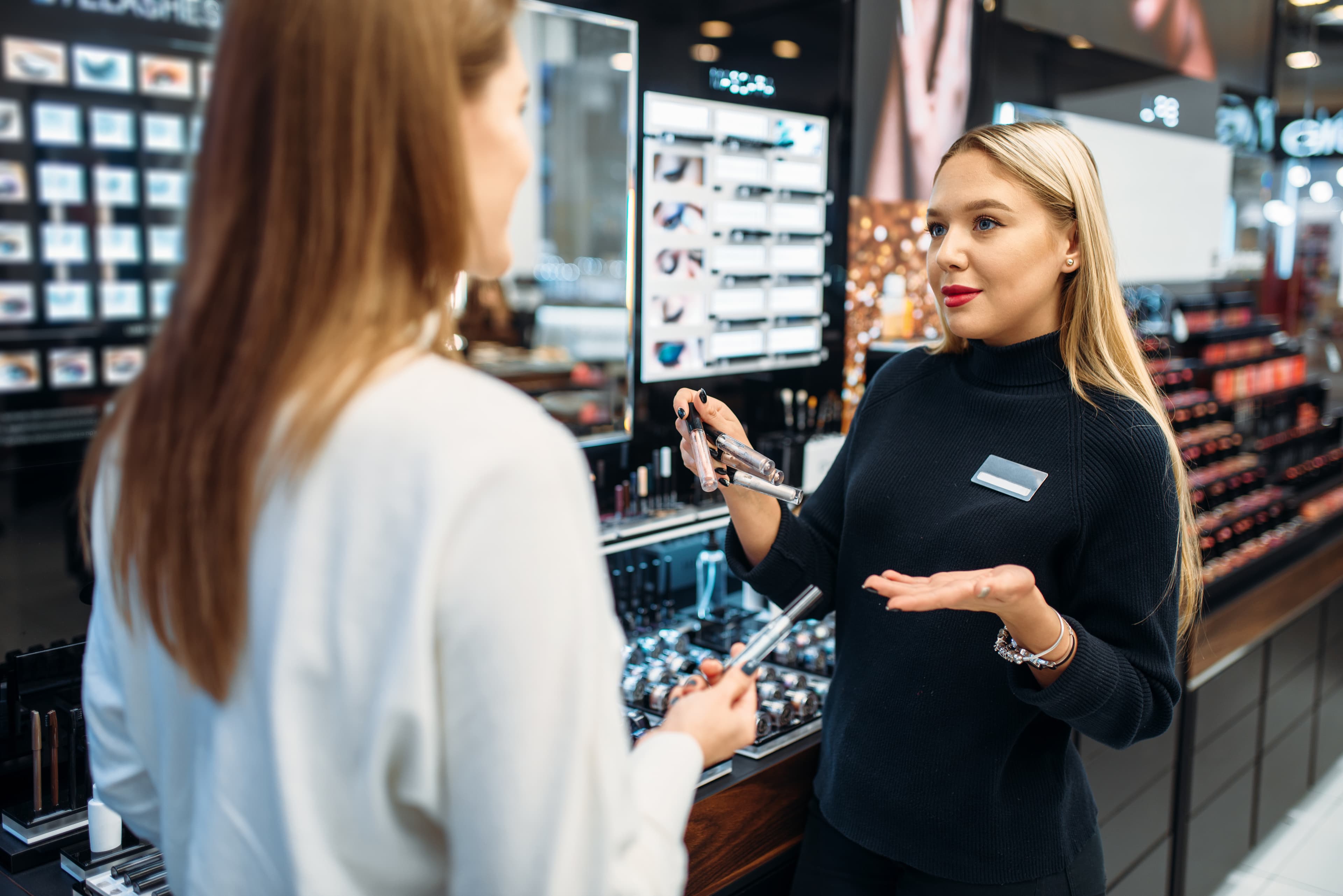
On this page
- Lululemon: Elevating Loyalty with Experiential Rewards
- Starbucks Rewards: Cultivating Personalization and Gamification
- NikePlus: Seamlessly Integrating Digital and Physical Experiences
- Sephora Beauty Insider: Creating Emotional Bonds and Community
- Amazon Prime: Transforming Loyalty into Omnichannel Membership
With retail evolving at an unprecedented rate, it’s increasingly important to step back and consider the basics. While change is essential, it cannot always be ‘out with the old and in with the new’. Loyalty, a sticking point for shoppers amidst ongoing cost of living pressures, remains critical to long-term growth. So, how can retailers build loyalty when shoppers are served almost-infinite options? They stick to the basic principles and apply them in fresh, new ways that create outstanding omnichannel customer experiences.
The old adage “Loyalty is royalty” remains true. Here’s why:
Existing customers are 50% more likely to try new products and spend 31% more, on average, compared to new customers.
According to an Accenture study, loyalty program members tend to spend 12-18% more per transaction compared to non-members.
New customer acquisition costs have increased by almost 50% in the past five years.
Research shows that it costs six to seven times more to acquire new customers than it does to retain current customers.
Loyalty programs are powerful tools to enhance customer engagement, drive increased spending, and foster lasting brand loyalty. These programs not only provide immediate incentives for customers to make purchases, but they also establish a long-term connection between the brand and the consumer. Loyalty programs encourage repeat purchases by offering rewards, discounts, and personalized offers, which not only increase the average transaction value but also create a sense of exclusivity and value for program members. Moreover, these programs contribute to higher customer retention rates, reducing the risk of losing customers to competitors. Not to mention, 82% of consumers would share some type of personal data for a better customer experience, according to a 2022 PwC study.
These 5 retailers are doing loyalty right. Their loyalty programs deliver exceptional value and unparalleled ease of use (a key consideration for shoppers).
READ MORE: Exploring The Potential Of Data Monetization For Stores
Lululemon: Elevating Loyalty with Experiential Rewards
Lululemon, the global activewear retailer, takes a distinct approach to loyalty by focusing on experiential rewards. Through its Lululemon Sweat Collective program, the brand targets fitness instructors and professionals, offering them exclusive benefits such as discounted merchandise, networking opportunities, and access to specialized events. This program's uniqueness lies in its emphasis on fostering a sense of belonging within a niche community.
By engaging fitness influencers and experts, Lululemon creates a platform where members can connect, collaborate, and share experiences. This not only strengthens brand loyalty but also serves as a form of grassroots marketing as program members become brand ambassadors. Lululemon recognizes that loyalty can be built not just through purchases but also by offering valuable experiences that resonate with its target audience.
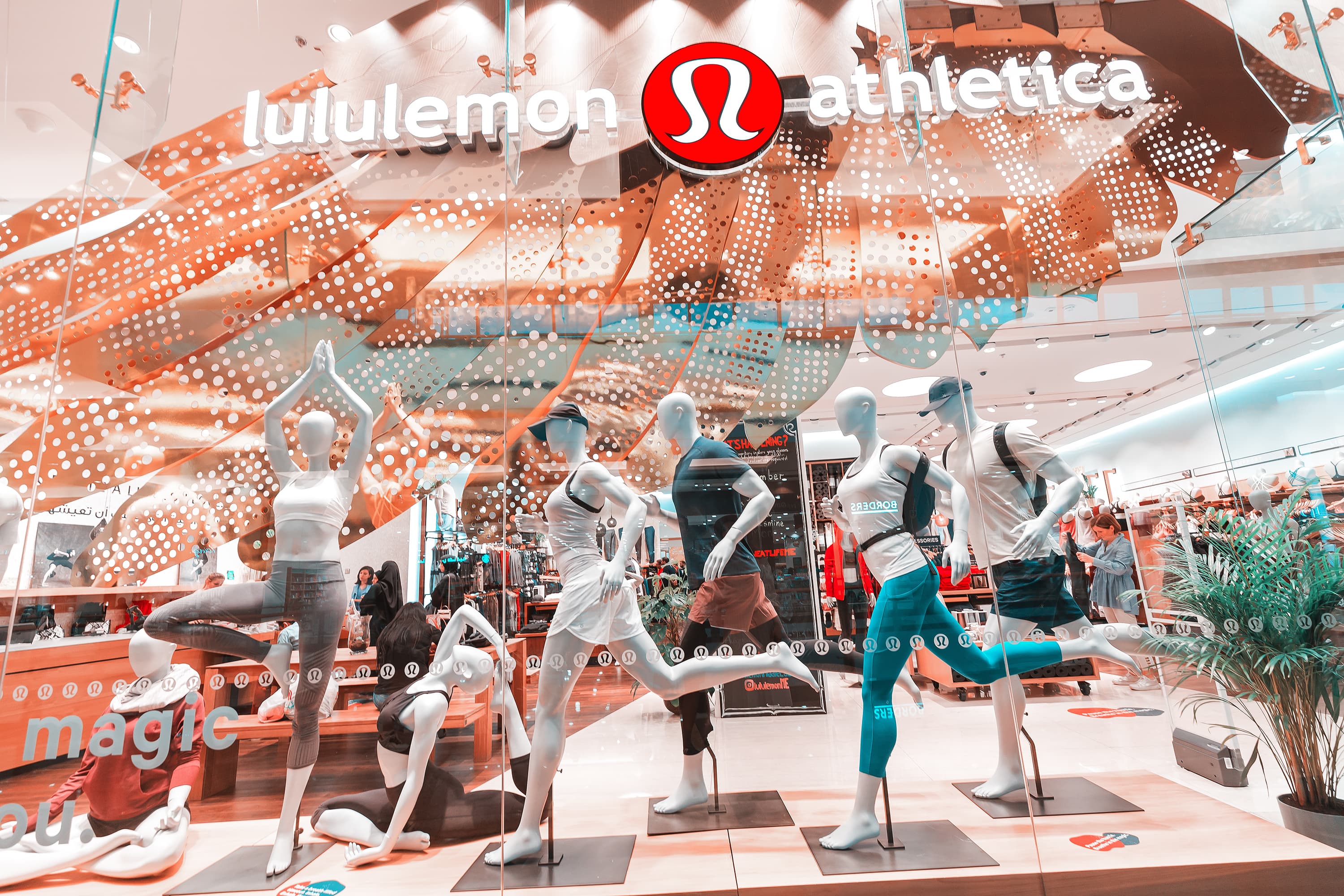
In addition, the brand offers tiered membership options for non-professional athletic enthusiasts. The base ‘Essential’ membership is free, but users can scale up to $12.99 or $39 per month subscriptions, with each membership offering unique benefits to keep the brand’s larger community engaged. All programs offer early access to product drops, Lululemon Studio classes, community events, fast-tracked returns, and free hemming.
Starbucks Rewards: Cultivating Personalization and Gamification
Global coffee giant, Starbucks, has successfully mastered the art of loyalty program personalization through its Starbucks Rewards initiative. The program offers customers tailored rewards, such as free drinks on birthdays and frequent-purchase incentives. Starbucks also employs gamification elements, allowing members to earn stars for each purchase, which can be redeemed for free items.
The differentiating aspect here is the sense of accomplishment and engagement the program fosters. By encouraging customers to track their progress and offering immediate gratification through free items, Starbucks Rewards creates a rewarding cycle that keeps customers engaged and incentivized to return. This combination of personalization and gamification not only drives customer loyalty but also encourages customers to explore new menu items, ultimately boosting sales and expanding Starbucks' offerings.
READ MORE: 3 In-Store Analytics Case Studies Every Retailer Should Read
NikePlus: Seamlessly Integrating Digital and Physical Experiences
Nike has seamlessly integrated its digital and physical experiences through the NikePlus loyalty program. This program offers personalized product recommendations, early access to limited-edition releases, and the ability to unlock rewards by engaging in physical activities. The uniqueness of NikePlus lies in its ability to bridge the gap between the online and offline worlds.
By encouraging members to stay active and providing rewards for doing so, Nike creates a synergy between its products and customers' lifestyles. Additionally, the program's use of augmented reality (AR) and digital challenges adds a layer of excitement and interactivity, further engaging customers and making their relationship with the brand more immersive. This fusion of technology, physical activity, and personalized rewards not only boosts customer loyalty but also positions Nike as a lifestyle brand that resonates with its audience.
Speaking to the success of the NikePlus loyalty program, Adam Sussman, Nike’s CDO, noted: “NikePlus members who shop via our mobile apps spend 3x the amount that guests spend on Nike.com”. This loyalty program has been critical to Nike’s goal to “be personal at scale” – and its sales numbers are a testament to its success.
Sephora Beauty Insider: Creating Emotional Bonds and Community
Sephora’s loyalty program, known as Beauty Insider, exemplifies the power of creating emotional bonds and a sense of community. This program goes beyond transactional rewards by providing personalized product recommendations based on customers' preferences and purchase history. This offering highlights Sephora's unique ability and ambition to connect with customers on a personal level, addressing their beauty needs and aspirations in informative, accessible ways.
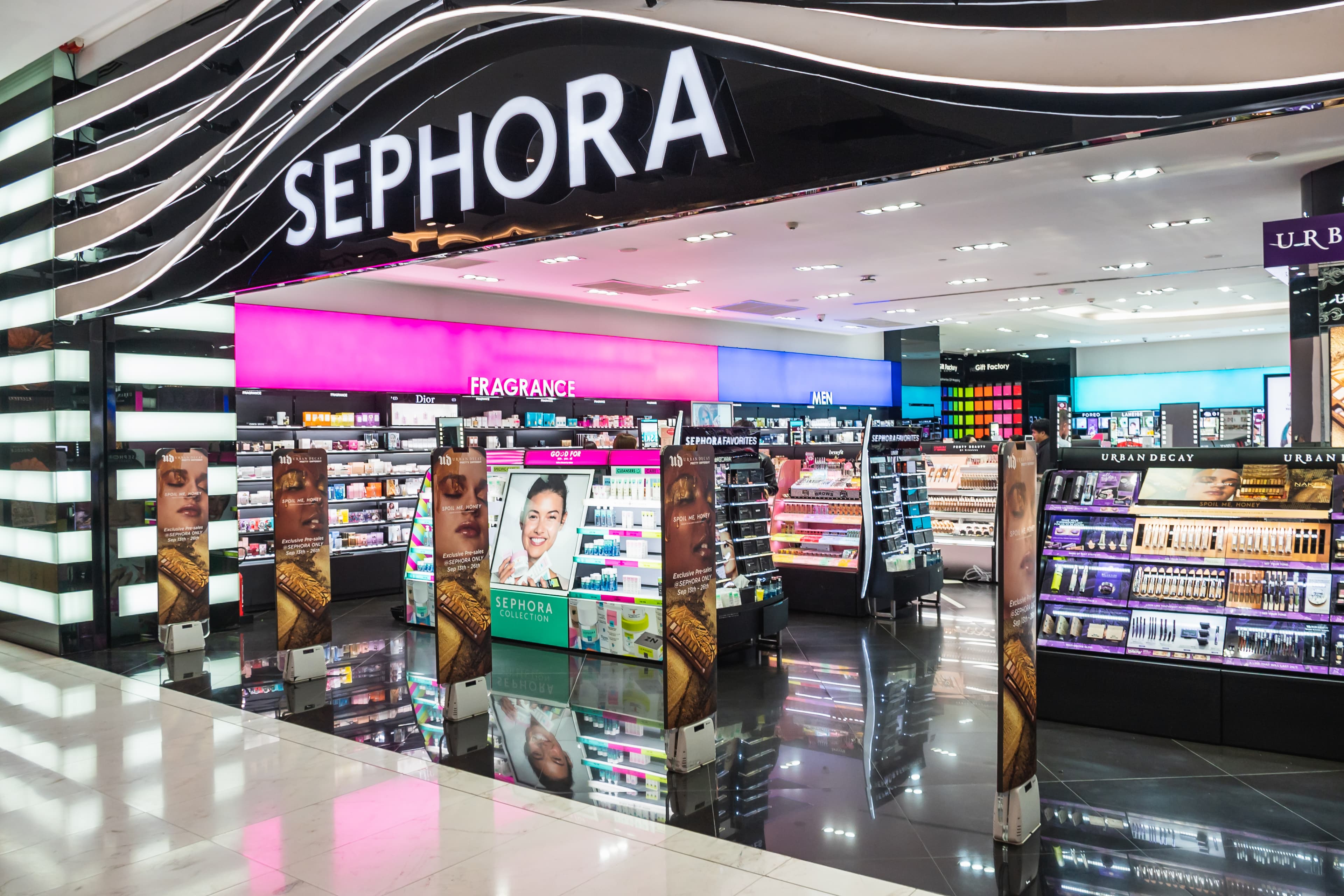
In the US, members earn one point per dollar spent. However, the brand also employs gamification tactics, like point multiplier events. Members in higher tiers get higher multipliers and can earn more points (2x, 3x, or even 4x) for the same level of spend. Sephora also uses point multipliers to draw attention to specific brands and beauty products, allowing them to leverage their loyalty programs for brand partner promotion.
Furthermore, Beauty Insider encourages engagement through exclusive events, early access to products, and a tiered rewards system that motivates customers to achieve higher status levels. By fostering a community of beauty enthusiasts, Sephora taps into customers' passion and creates a space where members feel valued and understood, ultimately solidifying their loyalty to the brand.
Amazon Prime: Transforming Loyalty into Omnichannel Membership
Amazon Prime, offered by the e-commerce giant Amazon, is one of the most comprehensive and unique loyalty programs in the retail industry. While it is primarily known for its fast and free shipping, Amazon Prime offers an array of benefits that go beyond traditional retail loyalty programs. Members not only enjoy expedited shipping but also gain access to Amazon Prime Video, Prime Music, Prime Reading, and more. It has been estimated that 76.6 million US households had Amazon Prime subscriptions in 2022, up 16.5 million from 2018.
This multi-faceted approach transforms loyalty into membership, providing customers with a holistic entertainment and shopping experience. This comprehensive offering stems from Amazon's ability to integrate diverse services under one loyalty umbrella, creating an ecosystem that ensures customers spend more time on the platform, thus increasing the likelihood of making additional purchases. This program not only enhances customer retention but also establishes Amazon as a central part of its members' daily lives – as any great loyalty program should.
In the dynamic realm of modern retail, loyalty programs have evolved from mere transactional mechanisms to multifaceted strategies that drive engagement, foster community, and create lasting emotional connections. The five exemplary loyalty programs discussed above – Lululemon Sweat Collective, Starbucks Rewards, NikePlus, Sephora Beauty Insider, and Amazon Prime – showcase how global brands can harness the power of unique offerings to differentiate themselves in the market.
These programs have successfully tapped into the essence of their brands, combining personalization, gamification, experiential rewards, community-building, and seamless integration to elevate customer loyalty and drive sustained business growth. These examples serve as valuable lessons for brands seeking to create meaningful and impactful loyalty programs that resonate with their customers.
READ MORE: Generative AI’s Effect On Brick-And-Mortar Retail
About the author:

Ashton Kirsten, Global Brand Manager, RetailNext
Ashton holds a Master's Degree in English and is passionate about physical retail's unbridled potential to excite, entertain, serve, and solve problems for today's shoppers.
